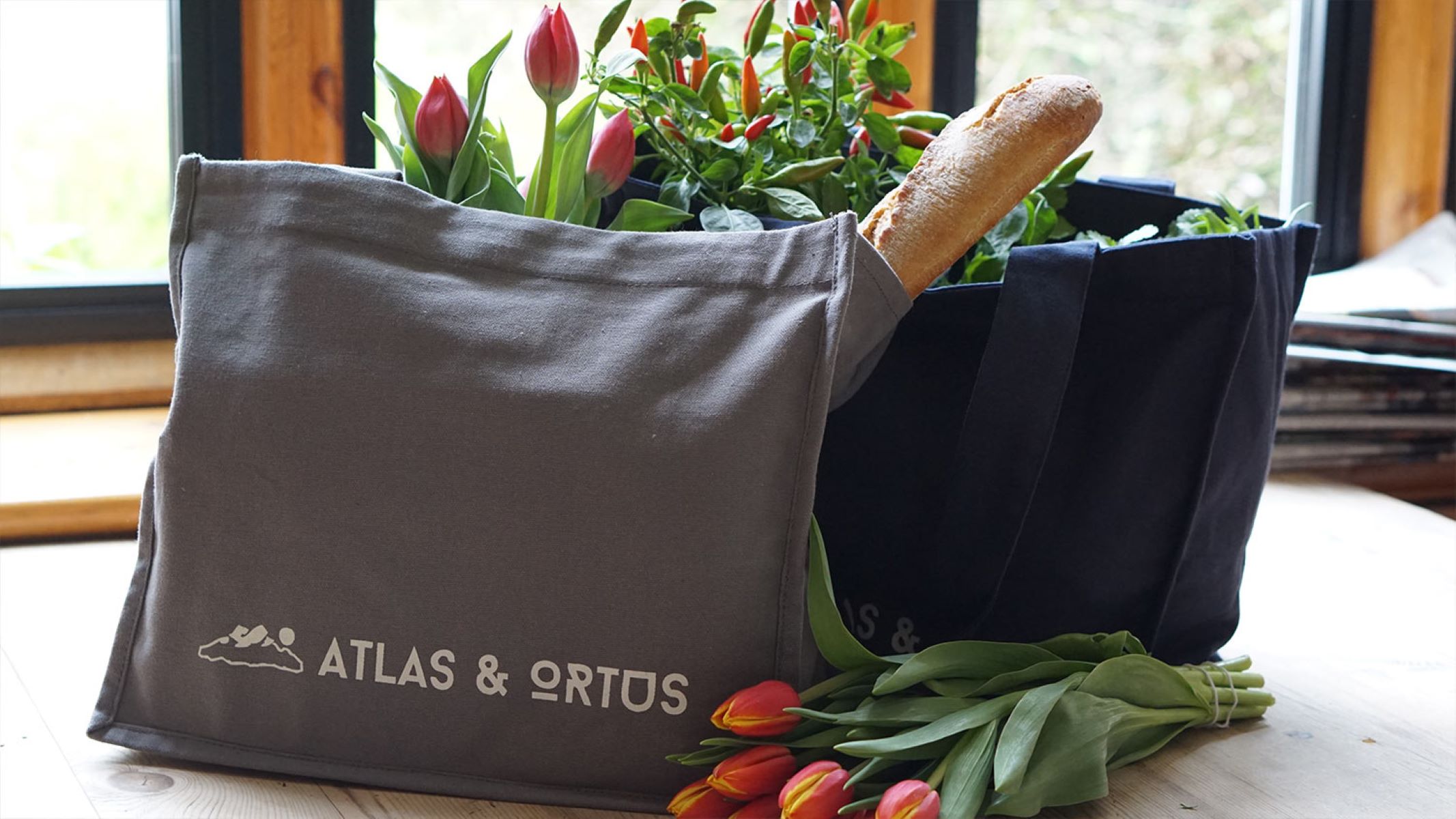

Articles
How To Store Reusable Shopping Bags
Modified: January 18, 2024
Learn how to properly store reusable shopping bags to keep them tidy and easily accessible. Discover helpful tips and tricks in this informative articles.
(Many of the links in this article redirect to a specific reviewed product. Your purchase of these products through affiliate links helps to generate commission for Storables.com, at no extra cost. Learn more)
Introduction
Reusable shopping bags have become increasingly popular in recent years, and for good reason. These bags offer a convenient and eco-friendly alternative to single-use plastic bags. The impact of plastic bags on the environment is undeniable, with millions of them ending up in landfills and oceans each year. By opting for reusable shopping bags, we can significantly reduce our ecological footprint and contribute to a cleaner and greener planet.
One of the primary advantages of using reusable shopping bags is their positive impact on the environment. Single-use plastic bags are a major source of pollution, as they can take hundreds of years to break down. These bags often end up in waterways, leading to devastating effects on marine life. Animals can mistake them for food, causing suffocation or blockages in their digestive systems. By using reusable bags, we can help mitigate these harmful effects and protect wildlife.
Furthermore, the production of plastic bags requires significant amounts of natural resources and energy. This contributes to carbon emissions, air pollution, and climate change. Reusable shopping bags, on the other hand, can be made from sustainable materials such as organic cotton, hemp, or recycled materials. By choosing reusable bags, we reduce our reliance on non-renewable resources and minimize the carbon footprint associated with bag production.
Another important aspect to consider is the durability of reusable shopping bags. Unlike flimsy plastic bags, reusable bags are designed to withstand multiple uses. They are sturdier, with reinforced handles and thicker material, making them capable of carrying heavier loads. These bags can last for years, decreasing the need for frequent replacements and further reducing waste. By investing in a few durable reusable bags, we can significantly reduce our consumption of single-use plastic bags over time.
In addition to their environmental benefits, reusable shopping bags offer practical advantages as well. Many reusable bags are spacious and can hold more items compared to their plastic counterparts. The durability and construction of reusable bags also make them less prone to tearing or ripping, ensuring that our groceries or belongings are secure during transportation. Additionally, reusable bags often feature comfortable handles or shoulder straps, making them easier to carry.
By incorporating reusable shopping bags into our daily routine, we not only contribute to a cleaner environment but also set a positive example for others to follow. Encouraging friends, family, and colleagues to use reusable bags can create a ripple effect, leading to a significant reduction in plastic bag usage. Small actions, such as bringing our own bags to the grocery store or local market, can collectively make a big difference in reducing plastic waste and protecting our planet.
Key Takeaways:
- Embracing reusable shopping bags not only reduces waste and protects wildlife, but also minimizes our reliance on non-renewable resources, contributing to a cleaner and greener planet.
- By choosing the right reusable bags, organizing them at home, and traveling sustainably, we can make a significant impact on the environment while enjoying the practical benefits of these eco-friendly alternatives.
Read more: How To Store Reusable Silicone Bags
Choosing the Right Reusable Shopping Bags
When it comes to selecting reusable shopping bags, there are several factors to consider to ensure you choose the right ones for your needs. From material options to size and capacity considerations, it’s important to make informed choices that align with your lifestyle and preferences.
One of the key aspects to consider when choosing reusable shopping bags is the material they are made of. There are various options available, each with its own set of advantages and considerations. Common materials include organic cotton, hemp, nylon, polyester, and recycled materials. Organic cotton and hemp bags are biodegradable and have a low environmental impact. Nylon and polyester bags, on the other hand, are durable and water-resistant, making them suitable for heavy or wet items. Recycled material bags are an excellent choice for eco-conscious individuals as they help reduce waste.
Next, consider the size and capacity of the reusable shopping bags. Think about the types of items you typically purchase and the amount of space you require. If you frequently shop for groceries, larger bags with ample capacity might be ideal. On the other hand, if you make smaller trips or need bags for specific purposes like carrying lunch or personal items, smaller to medium-sized bags may suffice. Additionally, look for bags with reinforced bottoms or sturdy construction to ensure they can withstand heavier loads.
Durability and longevity are important factors to assess when choosing reusable shopping bags. Look for bags with reinforced seams, sturdy handles, and high-quality materials. These features contribute to a bag’s ability to withstand frequent use and heavy loads. It’s also helpful to check customer reviews or ratings to gauge the durability of a particular bag. Investing in high-quality reusable bags ensures they will last longer, reducing the need for replacements and ultimately minimizing waste.
In addition to material, size, and durability, consider other features that may be important to you. Some reusable bags come with additional compartments or pockets, allowing you to better organize your belongings. Others may have closures like zippers or snaps to securely seal your items. Reflect on your specific needs and preferences to choose bags that offer the functionality and convenience you desire.
Ultimately, choosing the right reusable shopping bags boils down to understanding your own requirements and values. Whether you prioritize sustainability, durability, or functionality, there are options available to suit your needs. By making informed choices, you can find reusable bags that not only align with your lifestyle but also contribute to a more eco-friendly and sustainable future.
Cleaning and Maintenance Tips
Proper cleaning and maintenance of reusable shopping bags are crucial to ensure they remain hygienic, fresh, and long-lasting. Follow these tips to keep your bags clean and in good condition:
1. Proper cleaning methods: Most reusable bags can be cleaned using simple household products. For fabric bags, machine or hand wash them with mild detergent and cold water. Make sure to remove any items or debris from the bag before washing. For bags made of materials like nylon or polyester, wiping them down with a damp cloth or sponge is usually sufficient. Avoid using harsh chemicals or bleach as they can damage the bag’s material and compromise its durability.
2. Drying techniques to prevent mold and mildew: After washing fabric bags, allow them to air dry completely before storing. Hang them up or lay them flat in a well-ventilated area. This helps prevent the growth of mold or mildew, which can occur if the bags are stored while still damp. If you’re in a hurry, you can use a low-heat setting on your dryer, but be sure to check the bag’s care instructions to ensure it’s safe for machine drying.
3. Storing suggestions to maintain cleanliness and freshness: To prevent odors and keep your bags in good condition, it’s essential to store them properly. Make sure the bags are completely dry before folding or storing them. Avoid storing them in humid or damp areas, as this can promote the growth of mold or mildew. Consider designating a specific storage area for your reusable bags, such as a drawer or shelf, to keep them organized and easily accessible. For even greater freshness, you can tuck a sachet of dried herbs or a few drops of essential oil in the storage area to add a pleasant scent.
For extra peace of mind, some reusable bags are machine washable. Check the bag’s care instructions or manufacturer’s recommendations to ensure that machine washing is safe and suitable for your specific bag. Always follow the care instructions provided by the manufacturer to maintain the bag’s integrity and functionality.
Regular cleaning and proper storage not only maintain the cleanliness and freshness of reusable shopping bags but also contribute to their longevity. By taking care of your bags, you can prolong their use and further reduce waste. Practice these cleaning and maintenance tips to ensure that your reusable shopping bags remain in excellent condition for continued use.
Organizing Reusable Shopping Bags at Home
Keeping your reusable shopping bags organized at home not only makes them easily accessible but also helps maintain their condition. Here are some tips for effectively organizing your bags:
1. Designating a specific storage area: Choose a designated spot in your home where you will keep your reusable shopping bags. This could be a closet, pantry, or even a dedicated storage bin. Having a designated area ensures that all your bags are in one place and easy to find when you need them. It also helps prevent clutter and ensures that your bags are not scattered around the house.
2. Utilizing hooks or hangers for easy access: Consider installing hooks or hangers in your designated storage area to hang your reusable shopping bags. This makes it easy to grab a bag when you’re heading out for shopping. You can hang the bags on the hooks by their handles, ensuring that they are readily accessible and visible.
3. Folding techniques to save space: Reusable shopping bags can take up quite a bit of space if left unfolded. To maximize storage space, fold the bags neatly using techniques such as the roll-up method or the konmari folding method. This not only saves space but also prevents the bags from getting tangled or creased. You can stack the folded bags on top of each other or place them in a storage container for easy access.
Another handy tip is to store smaller bags inside larger ones. This way, you can keep all your bags organized and easily find the size you need when heading out for different shopping trips. Additionally, consider labeling or color-coding your bags to further streamline the organization process and make it easier to identify specific bags for different purposes.
By designating a specific storage area, utilizing hooks or hangers, and implementing folding techniques, you can keep your reusable shopping bags organized and easily accessible. Organizing your bags not only saves space but also ensures that they remain in good condition and are readily available whenever you need them.
When storing reusable shopping bags, fold them neatly and store them in a designated area such as a drawer, basket, or hanging organizer to keep them easily accessible and prevent clutter.
Best Practices for Traveling with Reusable Shopping Bags
Traveling with reusable shopping bags can help you stay sustainable and reduce your environmental impact even when you’re away from home. Here are some best practices to follow when traveling with reusable bags:
1. Compact storage solutions for on-the-go: Investing in compact and foldable reusable shopping bags can be a game-changer when traveling. These bags are designed to be lightweight and take up minimal space, making them easy to pack in your suitcase, backpack, or even your purse. Look for bags that come with a carrying pouch or can be folded into a small size, allowing you to keep them conveniently stored until you need them.
2. Strategies for remembering to bring them along: Remembering to bring your reusable bags when traveling can be a challenge. To ensure you don’t forget, make it a habit to pack them in a visible spot or near the top of your luggage. You can also place a reminder note on your packing list or set a reminder on your phone before leaving. Another helpful tip is to keep a few small foldable bags in your everyday carry items like your handbag or backpack, so they’re always on hand when you need them for impromptu shopping trips.
3. Exploring collapsible or foldable bag options: Collapsible or foldable bags are ideal for traveling as they can be easily stored in your luggage, taking up minimal space. Look for bags made from lightweight and durable materials that can withstand the rigors of travel. Some collapsible bags even come with features like separate compartments or zippered pockets, providing additional storage options while on the go.
Additionally, consider using reusable produce bags or mesh bags to further reduce waste during your travels. These lightweight bags are perfect for carrying fruits, vegetables, or other small items, eliminating the need for single-use plastic bags at grocery stores or markets.
By following these best practices, you can make traveling with reusable shopping bags convenient and hassle-free. Compact and foldable storage solutions, strategies for remembering to bring them along, and exploring collapsible or foldable bag options will allow you to reduce waste and practice sustainability wherever your travels take you.
Read more: How To Organize Shopping Bags
Troubleshooting Common Issues
While reusable shopping bags are durable and designed for multiple uses, they may encounter common issues over time. Here are some tips for troubleshooting and addressing these issues:
1. Dealing with tears or damaged bags: If you notice a tear or damage in your reusable shopping bag, assess the extent of the damage. For small tears, you can repair them using a needle and thread or a patch. Reinforce the area by sewing a few stitches or applying a patch made from a similar material. For more extensive damage, it may be time to retire the bag and find a suitable replacement. Consider repurposing the damaged bag for other household tasks like organizing items or carrying non-grocery items.
2. Removing stains or odors: To remove stains from reusable bags, start by examining the bag’s care instructions. Depending on the material, you can either spot clean the stain with a mild detergent or toss the bag in the washing machine for a thorough cleaning. For stubborn stains, you can try using a stain remover or soaking the bag in a solution of warm water and gentle soap. To tackle odors, try washing the bag with baking soda or vinegar, or place it in direct sunlight for a few hours to naturally eliminate any lingering smells.
3. Finding replacements for worn-out bags: Despite your best efforts, reusable shopping bags may eventually wear out due to frequent use or exposure to harsh conditions. When it’s time to replace a worn-out bag, look for new ones that align with your priorities. Consider the material, capacity, and durability of the bag, as well as any additional features you desire, such as compartments or closures. Opt for bags made from eco-friendly or recycled materials to maintain your commitment to sustainability. Many retailers and online platforms offer a wide range of reusable bag options, allowing you to find the perfect replacement that suits your needs and style.
Remember, maintaining and troubleshooting reusable shopping bags is key to extending their lifespan and reducing waste. By repairing tears, removing stains or odors, and finding suitable replacements, you can continue to enjoy the benefits of reusable bags while minimizing your environmental impact.
Conclusion
Properly storing and maintaining reusable shopping bags is essential for maximizing their lifespan and reducing our impact on the environment. By following simple practices, we can ensure that our bags remain functional, clean, and ready for use whenever we need them.
In this article, we highlighted the importance of reusable shopping bags and the environmental benefits they offer. By choosing reusable bags over single-use plastic bags, we can significantly reduce waste, protect wildlife, conserve resources, and contribute to a cleaner and greener planet.
We discussed various aspects of choosing the right reusable bags, including material options, size, and durability factors. By making informed choices based on our preferences and needs, we can select bags that align with our sustainable goals and lifestyle.
Cleaning and maintenance tips were also provided to ensure that our bags remain hygienic and long-lasting. Proper cleaning methods, drying techniques, and storing suggestions were shared to prevent mold, odors, and damage to the bags.
Additionally, we explored strategies for organizing reusable bags at home, making them easily accessible and clutter-free. By designating a specific storage area, utilizing hooks or hangers, and employing folding techniques, we can keep our bags organized and ready for use whenever necessary.
When it comes to traveling with reusable shopping bags, we discussed the importance of compact storage solutions, strategies for remembering to bring them along, and exploring collapsible or foldable bag options. These practices ensure that we can stay sustainable even while on the go.
We also covered troubleshooting common issues, such as dealing with tears or damaged bags, removing stains or odors, and finding suitable replacements for worn-out bags. By addressing these issues, we can maintain the functionality and longevity of our reusable bags.
In conclusion, storing and maintaining reusable shopping bags properly is crucial for prolonging their lifespan and minimizing waste. By remembering to clean, dry, and store them correctly, we can continue to use our bags for years to come, reducing our reliance on single-use plastics and making a positive impact on the environment.
Remember, little steps like using reusable shopping bags can make a big difference in our collective efforts towards a more sustainable future. Let’s continue to prioritize and maintain our reusable bags effectively, and inspire others to do the same.
Frequently Asked Questions about How To Store Reusable Shopping Bags
Was this page helpful?
At Storables.com, we guarantee accurate and reliable information. Our content, validated by Expert Board Contributors, is crafted following stringent Editorial Policies. We're committed to providing you with well-researched, expert-backed insights for all your informational needs.
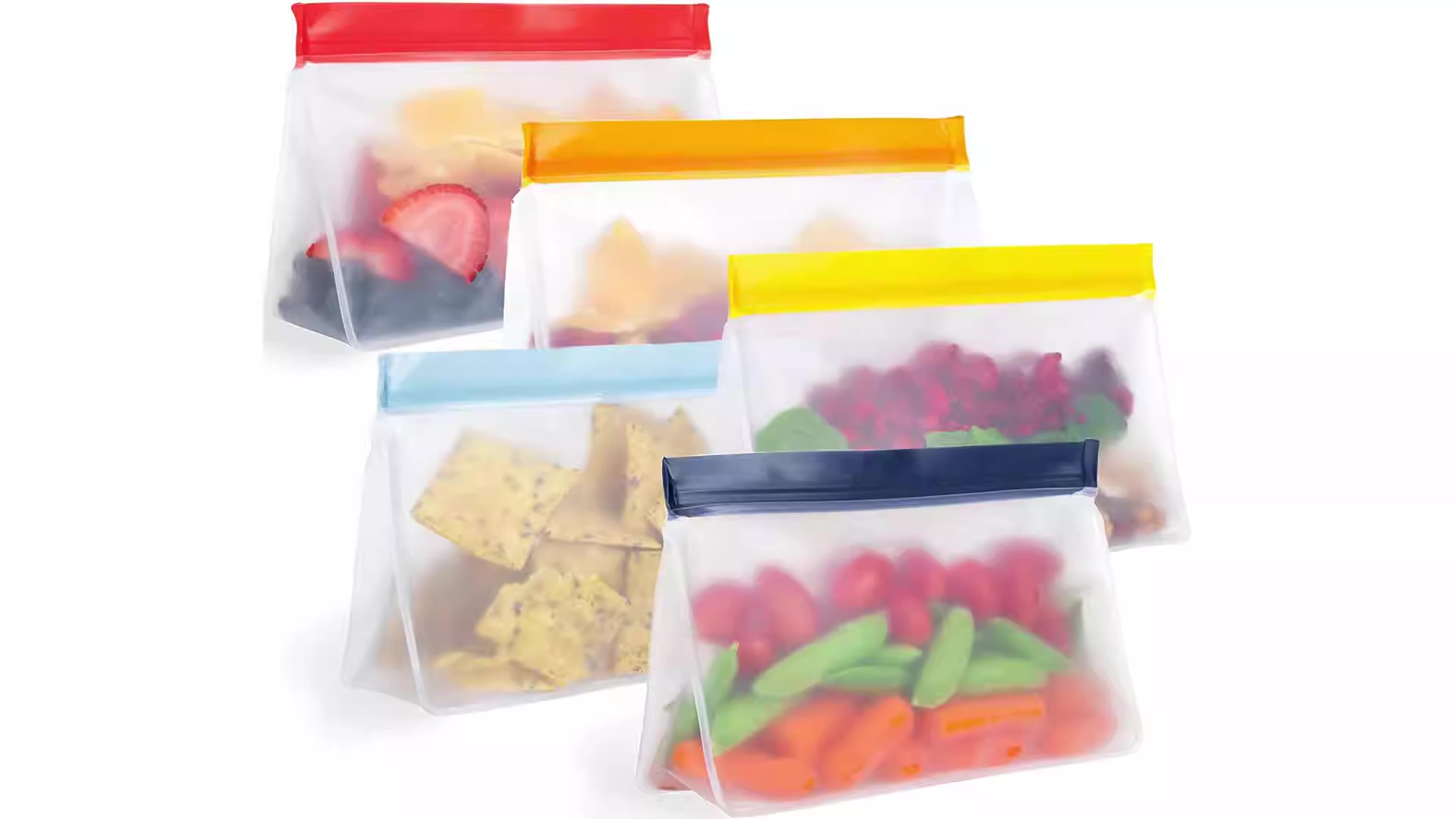
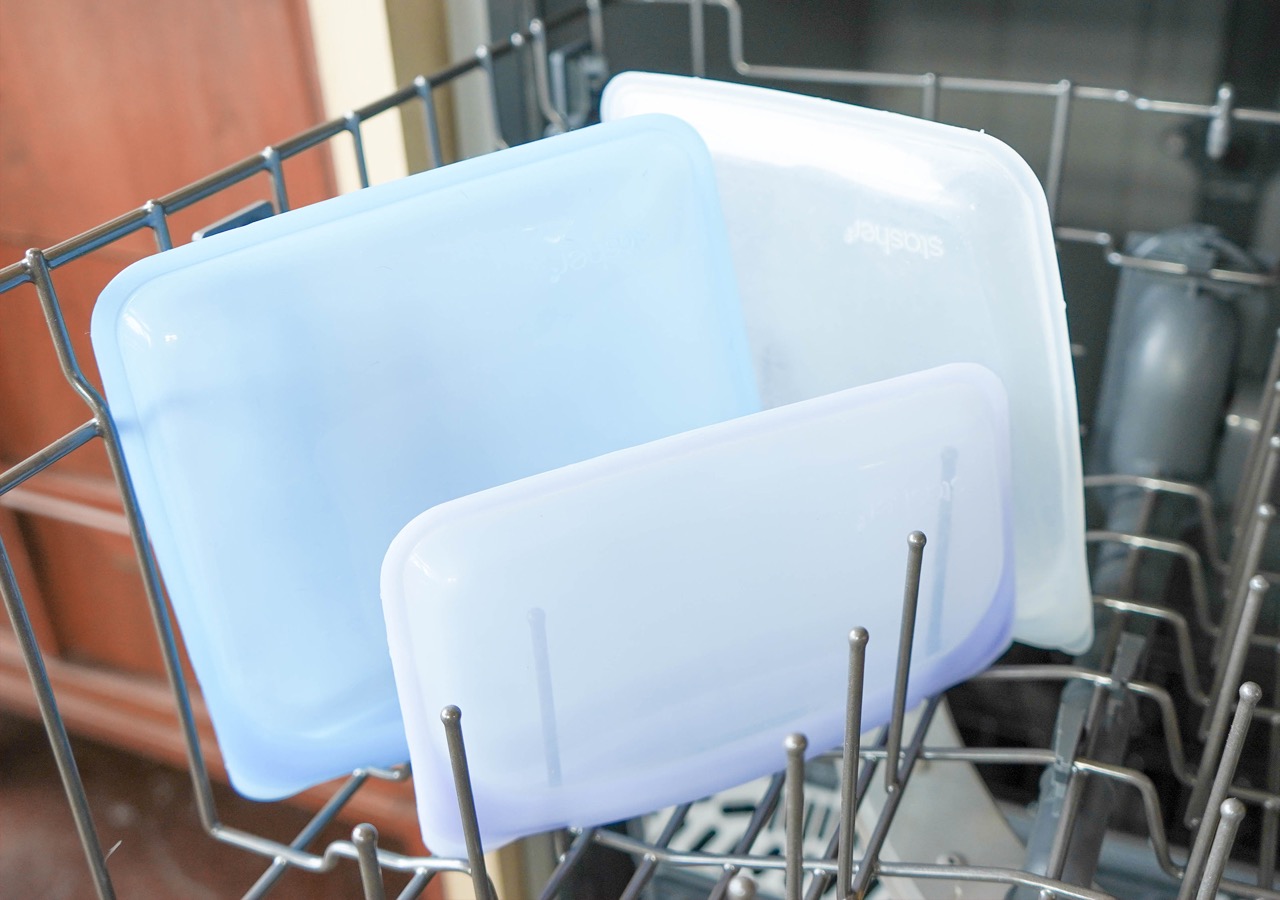
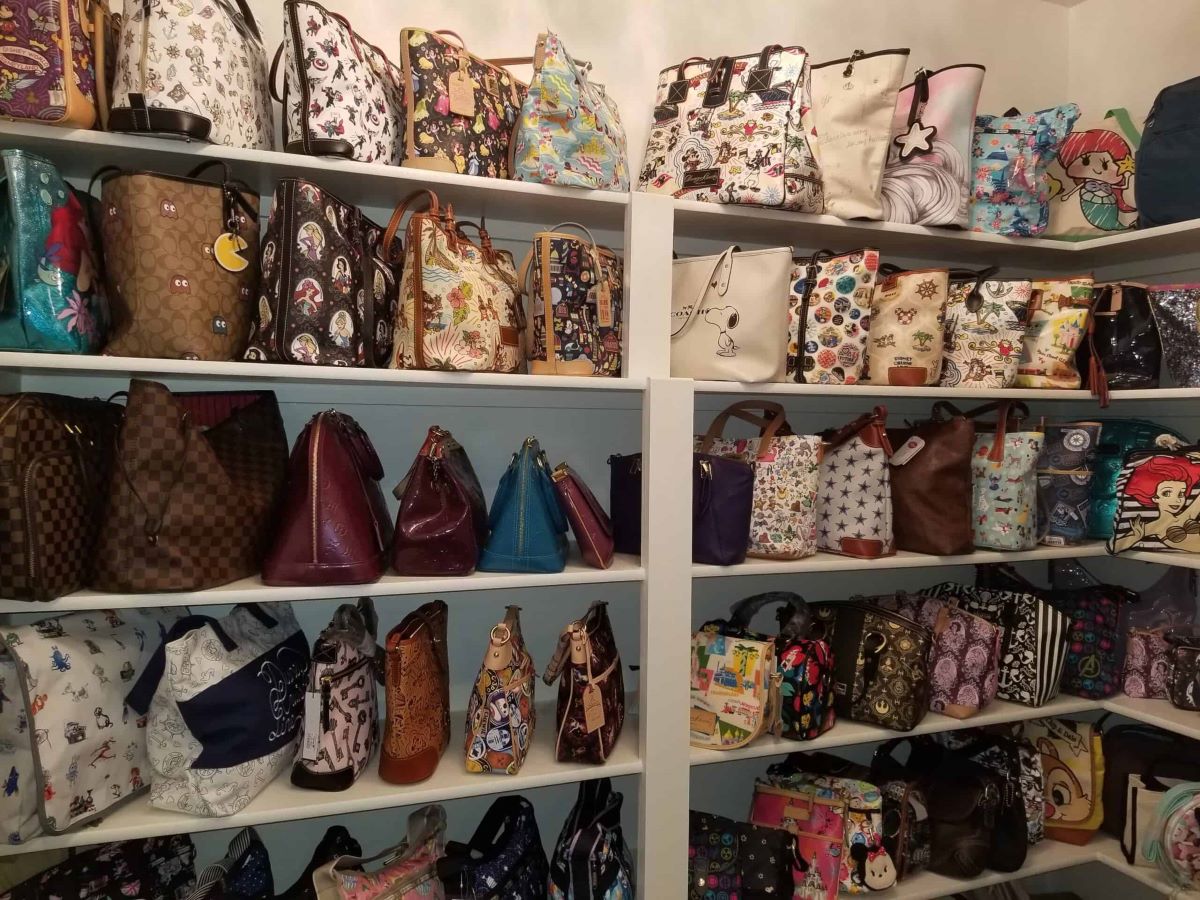


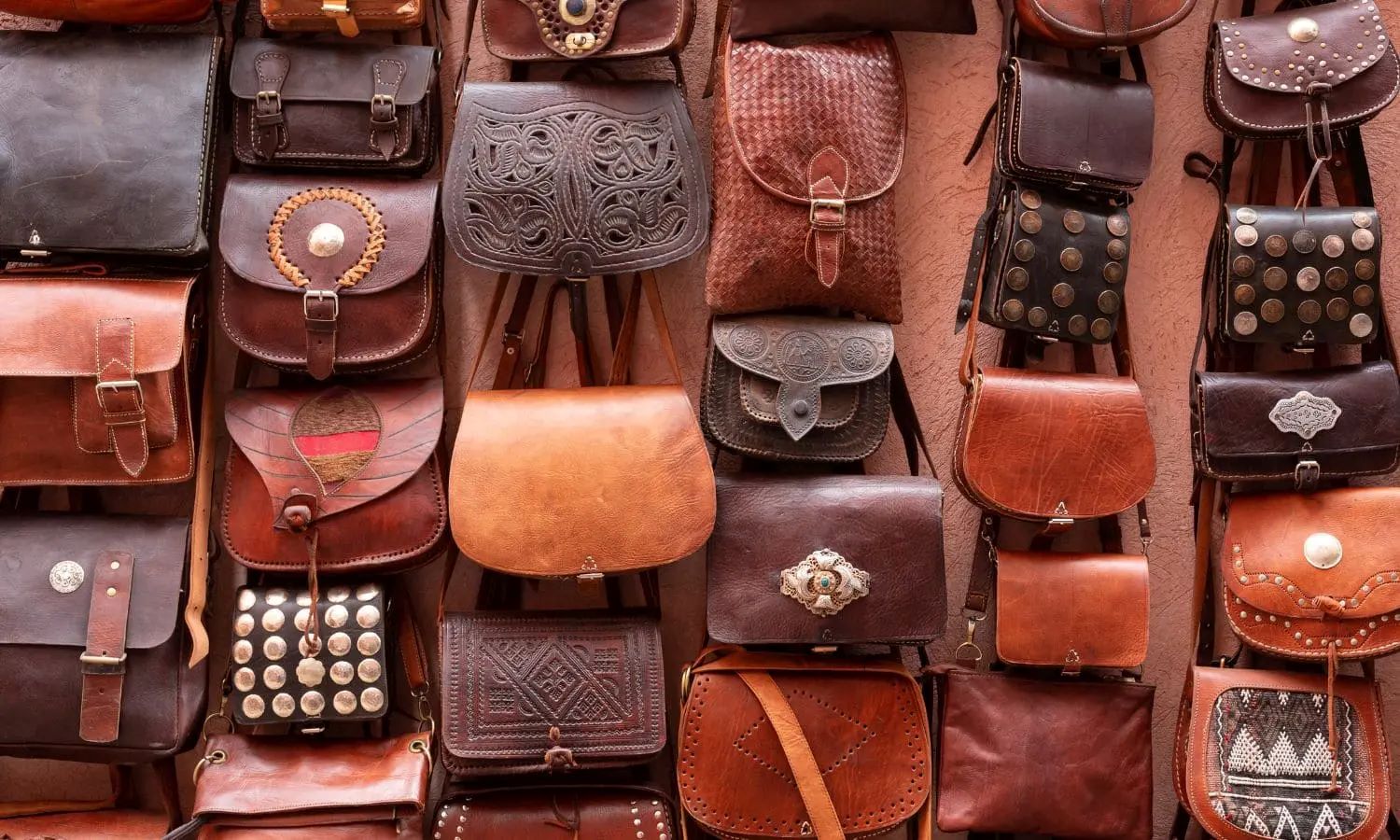
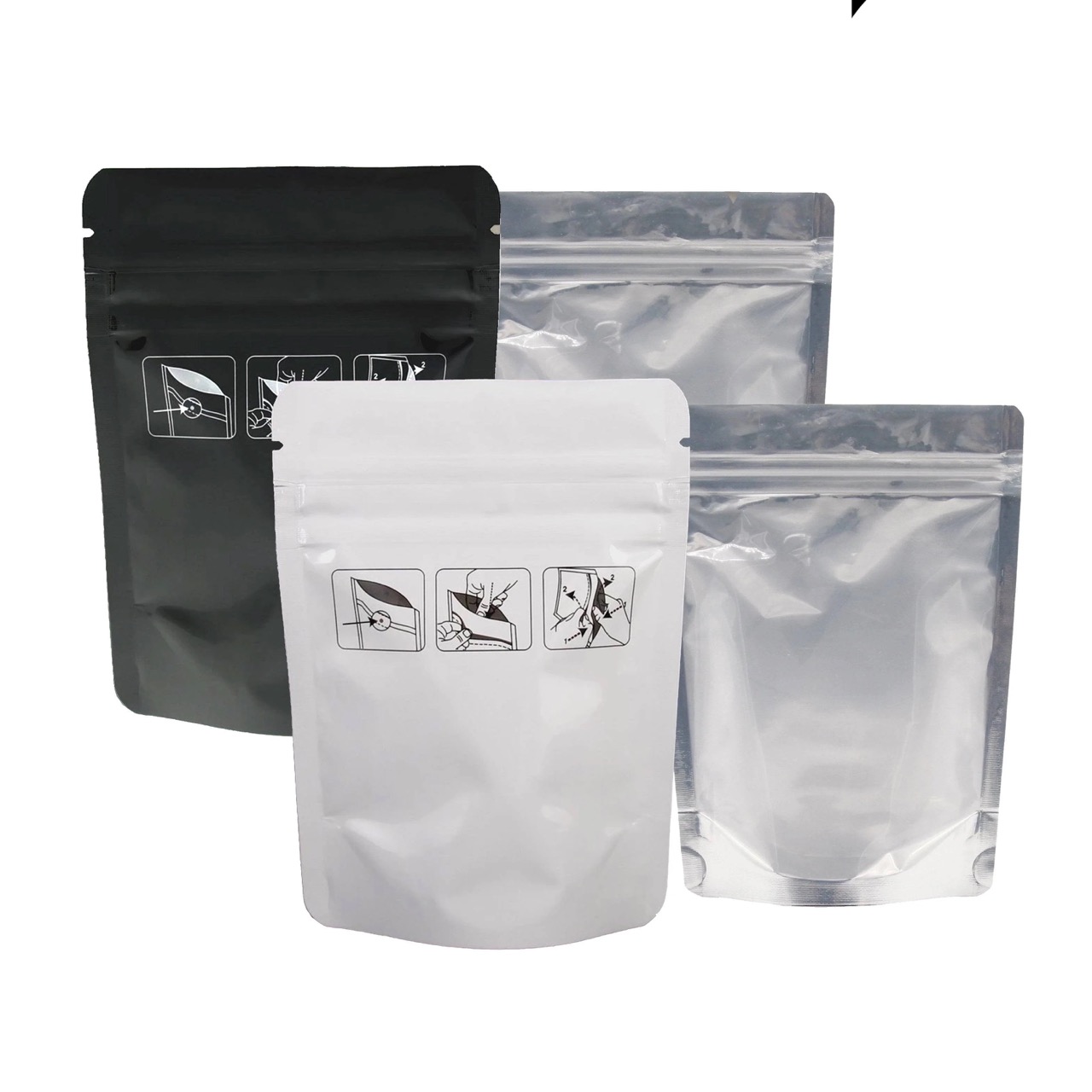
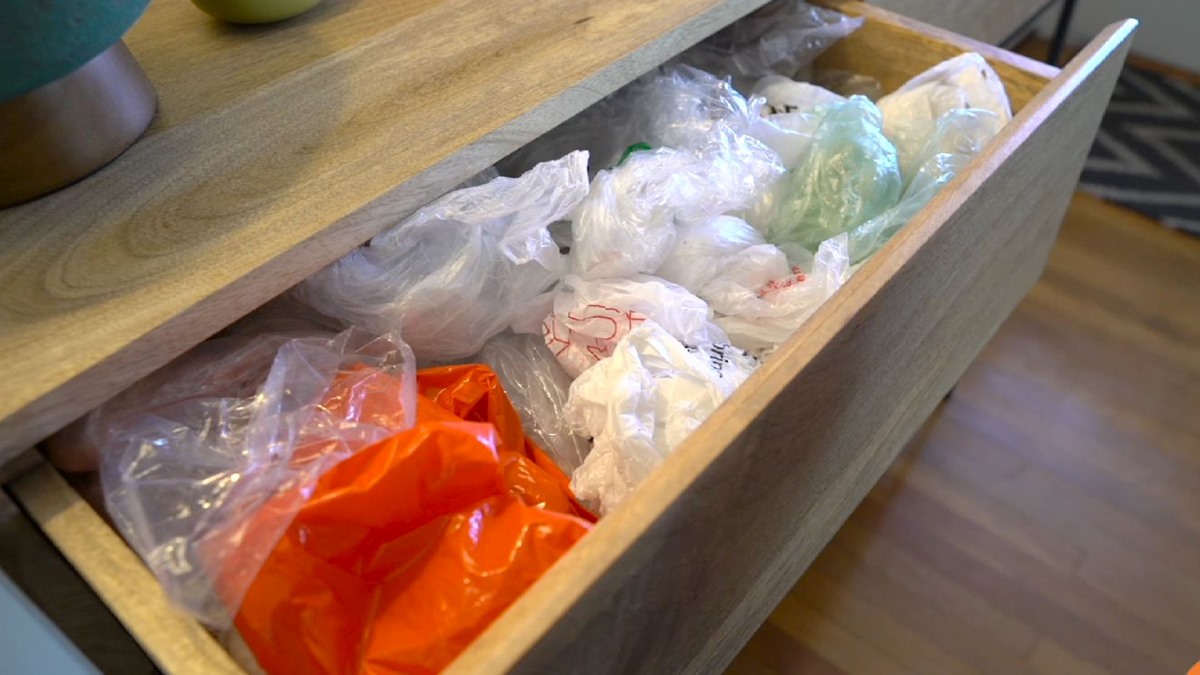

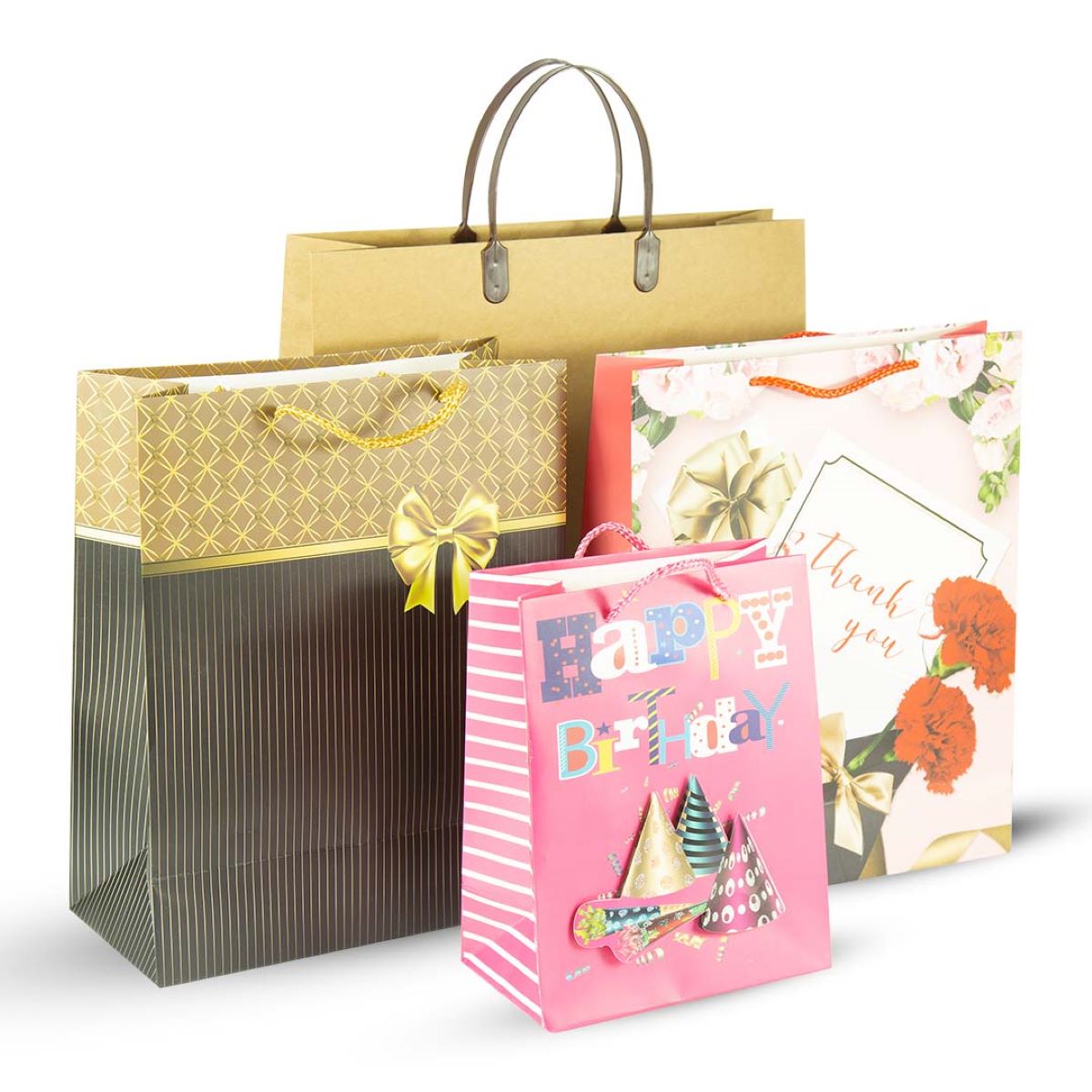
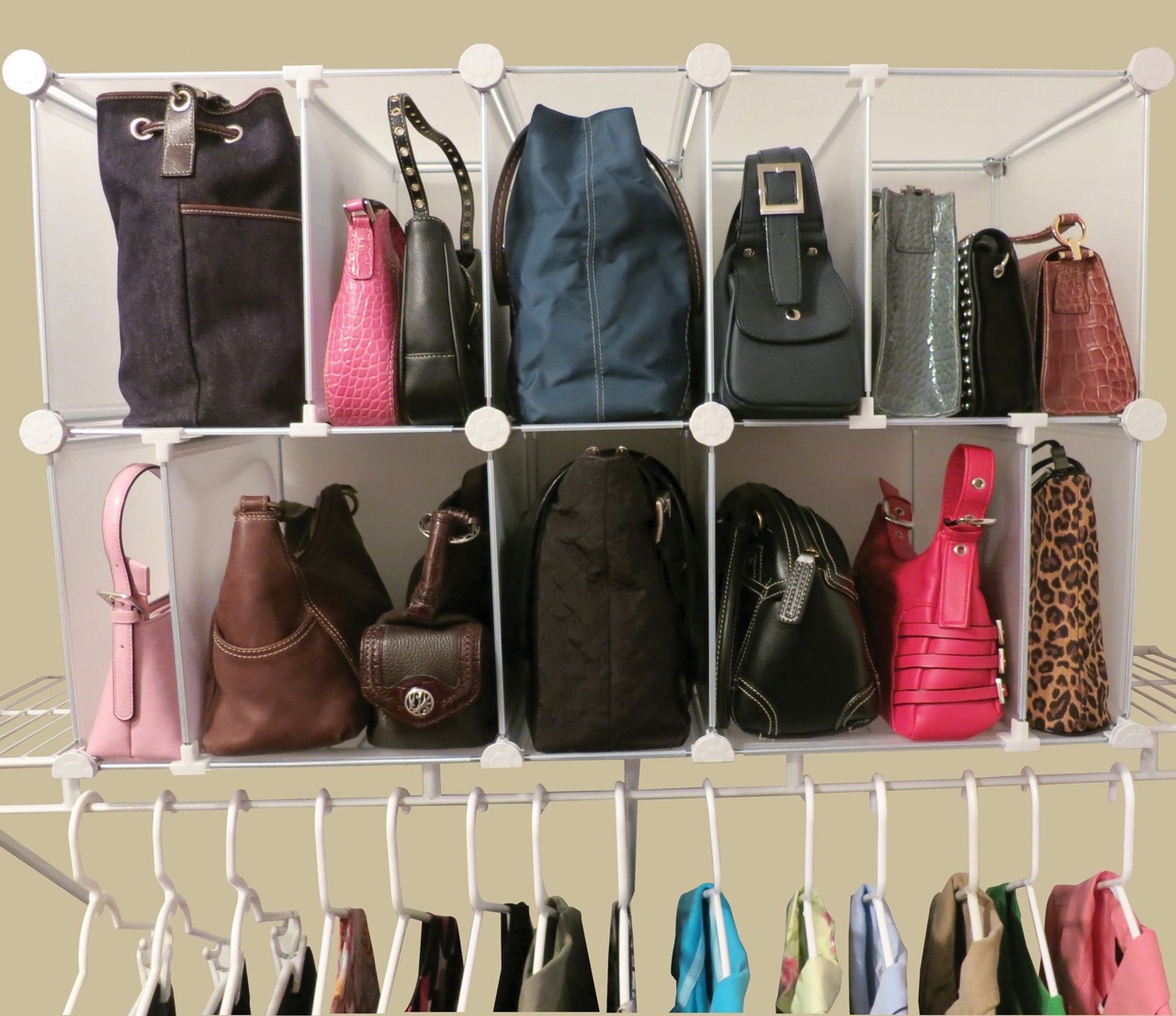



0 thoughts on “How To Store Reusable Shopping Bags”